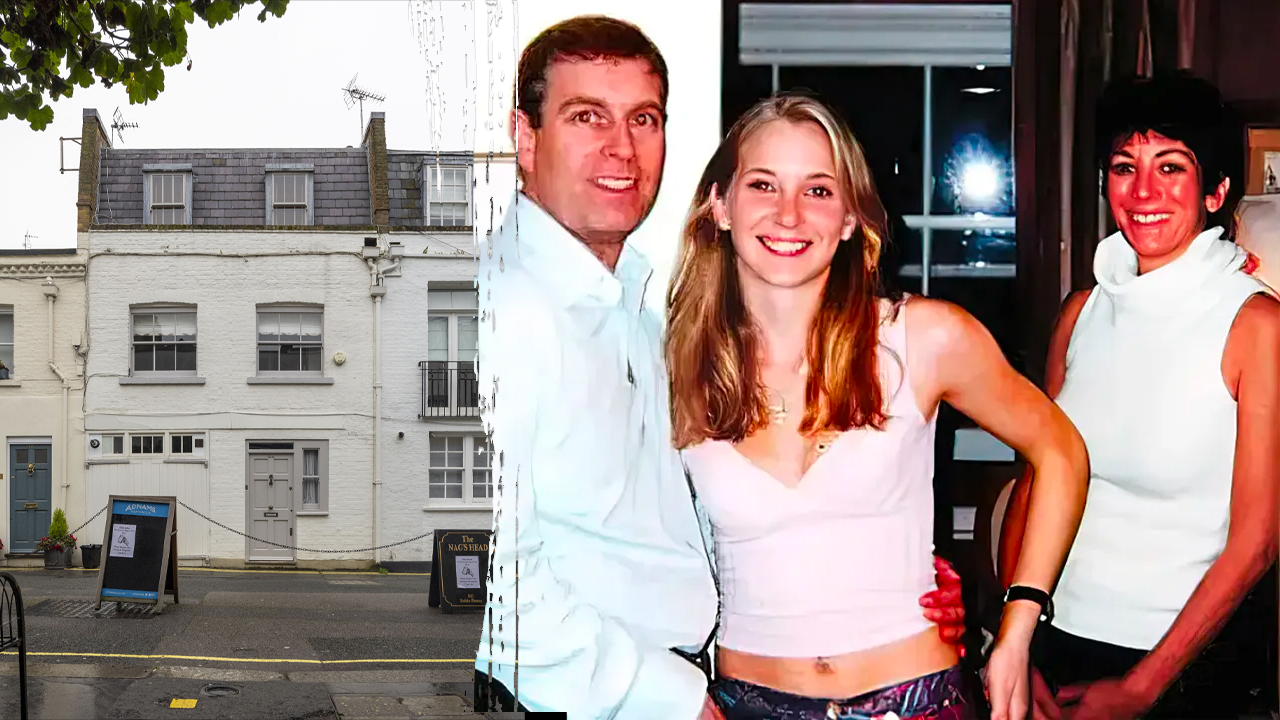The colossal presidential sculptures of Mount Rushmore stand as an emblem of U.S. history, but many American are only realizing that what sits atop the Black Hills of South Dakota is only a portion of what could have been.
Behind the 60-foot-tall stone faces of Presidents Washington, Jefferson, Lincoln and Roosevelt lie a tale of unfulfilled ambition and incomplete dreams.
Sculptor Gutzon Borglum's original vision for the monument was meant to be far grander, more intricate and daringly ambitious than just the four iconic heads that exist today.
In 1923, South Dakota historian Doane Robinson envisioned a tribute to the heroes of the Old West, from Sacagawea to Buffalo Bill Cody, etched into the towering granite spires known as The Needles in Utah's Canyonlands National Park.
But Borglum had a different dream and turned down Robinson's concept as 'misplaced totem poles'.
Instead Borglum saw Mount Rushmore as a canvas upon which could be etched a story of national identity - and one that would last forever.
His original plan was to carve a sprawling monument showing the full torsos of the four presidents, accompanied by a towering 120-foot-high tablet chronicling America's milestones from the Declaration of Independence to the Louisiana Purchase.
Borglum declared, 'America will march along that skyline,' envisioning a tribute that might rival the pyramids of Egypt.
Mount Rushmore stand as an emblem of American history, but many are only realizing that what sits atop the Black Hills of South Dakota is only a portion of what could have been
American sculptor Gutzon Borglum (1867-1941) works on his working model for the Mount Rushmore National Memorial, with depictions of the presidents and their torsos. This photo was taken at the artist's on-site studio in Pennington County, South Dakota, circa 1926
Behind the 60-foot-tall stone faces of Presidents Washington, Jefferson, Lincoln, and Roosevelt lies a tale of unfulfilled ambition and incomplete dreams
The carving began in 1927, a feat of engineering as daring and challenging as it was dangerous.
Workers strapped themselves into harnesses before dangling over sheer cliffs, using dynamite and jackhammers to sculpt history into stone.
But the challenges were unyielding: unstable granite, a looming financial crisis and the threat of World War II.
The original plan to carve each president from head to waist soon crumbled under the strain of setbacks. Cracks splintered their way through the rock, reshaping the designs.
Washington was completed first, unveiled on July 4th 1930, but when Jefferson's initial carving was found to rest on unsuitable granite, his face was blasted off the mountain with dynamite and re-sculpted on the opposite side.
Lincoln's head displaced Borglum's planned tablet of U.S. history.
Each adjustment, relocation and compromise chipped away at Borglum's grand vision.
The torsos of the presidents, so central to Borglum's original vision, were abandoned as funds dwindled and war loomed.
Workmen on the faces of Mount Rushmore, Pennington County, South Dakota seen in the late 1930s. Roosevelt has the scaffolding over his face
Stone carvers are seen on scaffolding and hoists carving the face of Thomas Jefferson into Mount Rushmore
Carvers are seen working on the enormous sculpture. The head of Washington and Jefferson from the top of Lincoln's head
Scultor Gutzon Borglum's original vision for the monument was to be far grander, more intricate and ambitious than just the four iconic heads that exist today
Aside from the presidents' torsos, on the right there was also to be a listing of nine most important events in American history
It saw Borglum shift his attention to a secret chamber: the Hall of Records.
This hidden vault, carved behind Lincoln's head, was meant to preserve America's most sacred documents and artifacts for posterity - essentially a vault of history for future civilizations.
But as funding dried up, Congress ordered efforts to be focused solely on the faces.
The Hall remained nothing more than an unfinished tunnel, and it wasn't until 1998 that Borglum's dream found some semblance of realization.
A titanium vault with historical documents and records was later installed in the Hall's entrance, a modest nod to the sculptor's unyielding ambition.
It was 14 years later before Mount Rushmore was declared 'finished' on October 31, 1941, Borglum had already passed away in the March of that year.
As history marched on, the public's perception of Mount Rushmore shifted.
Today, few visitors realize the monument they see with the heads staring back at them are only fragments of Borglum's vision
Almost 3 million visitors flock to Mount Rushmore each year. Its very existence has inspired other ambitious projects
The once-radical vision of a monument capturing America's evolution from birth to preservation settled into its current form.
Today, few visitors realize the monument they see with iconic heads staring back at them are only fragments of Borglum's vision.
For all its challenges, Mount Rushmore remains a testament to resilience and artistry.
Almost 3 million visitors flock to Mount Rushmore each year. Its very existence has inspired other ambitious projects.
Wyoming legislator Steve Harshman proposed a similar monument be created featuring historical American figures, including Native American leaders, to be completed in time for the 250th anniversary of the Declaration of Independence in 2026.

 By Daily Mail (U.S.) | Created at 2025-01-19 06:56:33 | Updated at 2025-01-19 10:48:04
3 hours ago
By Daily Mail (U.S.) | Created at 2025-01-19 06:56:33 | Updated at 2025-01-19 10:48:04
3 hours ago






